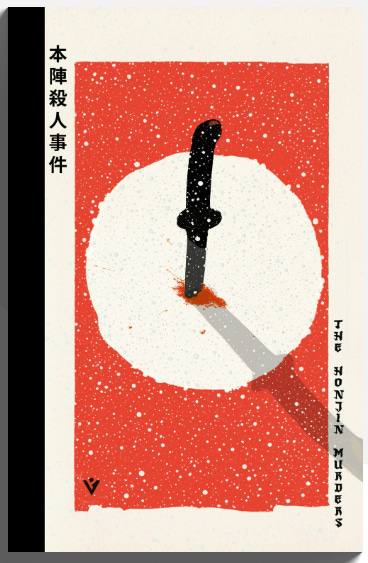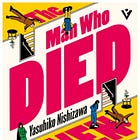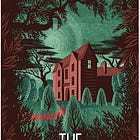The Honjin Murders by Seishi Yokomizu
A classic Japanese murder mystery and the first appearance of private detective Kosuke Kindaichi. How well has it aged since it was written in 1946?
After reading The Man Who Died Seven Times a couple of months ago, I thought it would be good to try some other Japanese crime fiction.
The Honjin Murders* by Seishi Yokomizu was called a classic, so I thought I’d see what it was like.
The novel tells the story of murder during a wedding within the Ichiyanagi family. Kosuke Kindaichi, a famous private detective, is called on to help solve the case. This was the first of many books by Yokomizu featuring Kindaichi.
The murder happened in 1937 and the book was published in Japan in 1946, originally serialised in the magazine Houseki. It was only in 2019 that the book was translated into English.
The story is mainly told by an anonymous narrator who recounts what they’ve been told about the murders. However, there are also jumps to dialogue from the characters at the time the murders happened, as well as from Kindaichi when he arrives about halfway through the story.
Keeping up?
When the narrator introduces Kindaichi, he compares the detective to Antony Gillingham, from The Red House Mystery by A.A. Milne. With hindsight, it’s an odd comparison given how that was Milne’s only mystery novel - and so the only appearance of Gillingham.
But when Kindaichi is described, he has more than a few similarities to another fictional detective.
After the narrator describes the detective’s drug habit, they reference how Kindaichi pieces together ‘all the available information logically’ along with his ‘methods of deduction’. It doesn’t take much detective work to see who Kindaichi is based on.
Given when the book was written, it’s probably not a surprise that it hasn’t aged well.
The writing style, with the omnipresent narrator, feels dated. The dialogue feels flat and unrealistic throughout. And the misogyny and ableism are hard to read.
There’s much explanation of the cultural setting and the high status of the Ichiyanagi family in feudal Japanese society. I’ll be honest though, with huge info dumps on this topic, it was hard to concentrate on the story until the murder occurs.
While the murder itself is a locked room mystery, the most interesting, revealing and well-written part of the book is the murderer’s motive and their state of mind. Unfortunately, that’s overshadowed by the technical method behind the locked room mystery.
In short, I’d had high hopes for this book and was disappointed by the reality.
*Disclosure: If you buy books linked to my site, I may earn a commission from Bookshop.org, whose fees support independent bookshops





